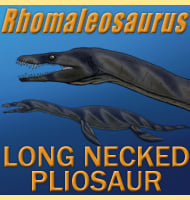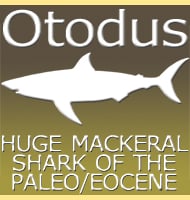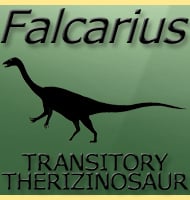In Depth
Named after a tributary of the River Styx from Ancient Greek mythology, Acherontiscus was a small lepospondyl that lived in the area that what would become Scotland back in the Carboniferous period. Acherontiscus is also the type genus of its own group, the Acherontiscidae. Acherontiscus is noted for having a long body but proportionately small limbs. This may have been an evolutionary development that allowed Acherontiscus to pass through and amongst narrow obstacles in search of small prey.
Further Reading
- A new family of Carboniferous amphibians. - Robert L. Carroll - 1969. – Acherontiscus caledoniae: the earliest heterodont and durophagous tetrapod. – Royal Society Open Science. 6 (5). – Jennifer A. Clack, Marcello Ruta, Andrew R. Milner, John E. A. Marshall, Timothy R. Smithson & Keturah Z. Smithson – 2019.









